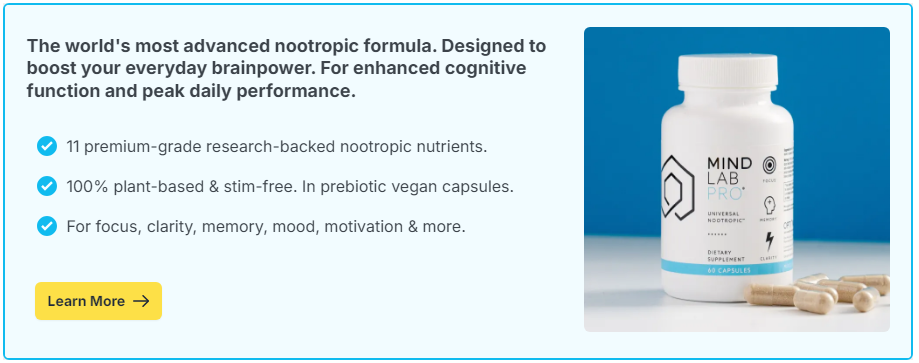
Have you ever marveled at how some people seem to have a constant flow of creative ideas while others struggle to find even a spark of inspiration? The idea of spontaneous creativity often feels like a mysterious, elusive gift. However, what if creativity—often seen as a mystical burst of inspiration—could be summoned on demand and even transformed into a regular habit? This intriguing idea invites us to explore whether creativity can be cultivated systematically, just like any other skill, with the help of certain strategies and even brain-boosting techniques.
Contents
Understanding Creativity as a Habit
Before diving into techniques, it’s essential to understand what creativity truly is. Contrary to popular belief, creativity isn’t just about being artistic. Creative thinking involves generating new ideas, solving problems in innovative ways, and coming up with unique solutions. It’s a skill that applies to a variety of fields, not just the arts.
When we talk about creativity as a habit, we’re referring to the ability to tap into this kind of thinking regularly, not just during rare lightning strikes of inspiration. Like any other habit, it requires a bit of effort and consistency. Establishing creativity as part of your daily routine can be invaluable in all areas of life, from academics to the workplace, as well as personal growth.
How to Build a Creative Routine
Much like an athlete who trains for a marathon, building a creative routine involves regular and purposeful practice. Here are some key strategies to get you started:
Set Aside Creative Time
Just like you schedule meetings or exercise, set a specific time each day dedicated solely to creative thinking. Whether it’s in the morning when your mind is fresh or in the evening when you can reflect on the day’s events, having a designated “creative hour” can make a significant difference.
Create a Stimulating Environment
Your surroundings greatly influence your mindset. Try to create a space that inspires you. This could mean surrounding yourself with art, keeping a journal of ideas, or simply using vibrant colors that stimulate your mind. The key is to find what personally sparks your creativity and make it a part of your environment.
Embrace Curiosity
Curiosity can drive creativity. By continually asking questions and seeking answers, you open your mind to new possibilities. Make it a habit to explore various topics outside your comfort zone, whether it’s reading books on unfamiliar subjects or engaging in conversations with people from different backgrounds.
Brain-Boosting Techniques
Beyond the physical environment and mental habits, some may wonder if there are additional ways to enhance creativity. Enter nootropics and brain supplements, which are gaining attention for their potential to boost cognitive functions.
Nootropics, sometimes called “smart drugs,” are substances that claim to improve brain function, from memory and focus to creativity. Some believe that specific natural supplements, like ginkgo biloba, omega-3 fatty acids, and certain B vitamins, can enhance brain health and, subsequently, creative thinking. While research is ongoing, and effects can vary among individuals, many find these supplements worth exploring under professional guidance.
Brain supplements can be an optional part of a creativity-enhancing routine. However, it’s crucial to approach them with caution and awareness, understanding that they are not miracle solutions. Real creativity still primarily depends on behaviors and environments but knowing that supplements are there as a supportive measure can be reassuring for some.
Exercises to Spark Creativity
Brainstorming Sessions
Dedicate some time to brainstorming, a popular technique for generating ideas. Take a topic and jot down whatever comes to mind, without any judgment or the need for immediate application. Let your thoughts flow freely and review them later for potential gems of inspiration.
Mind Mapping
Mind mapping is a visual technique to explore relationships between concepts. Start with a central idea and branch out with related thoughts, using lines and keywords. This method can help in seeing connections you might have missed, sparking new creative paths.
Practice with Constraints
Often, limitations can inspire creativity as you are forced to think outside of the usual options. Try engaging in creative activities with certain limitations, such as writing a story using only 50 words or drawing using only two colors. These constrained exercises can challenge your brain and lead to unique solutions.
Keeping the Momentum Alive
Even with the best intentions and plans, sustaining creative habits is not without its challenges. The key is to remain flexible and forgiving to yourself; it’s normal to have off-days or periods of less inspiration. The important part is to continue engaging with your creativity regularly.
Celebrate your creative successes, no matter how small, and use them as motivation to push forward. Over time, you’ll find that creativity becomes a more naturally integrated part of your life, offering a wealth of benefits both professionally and personally.
By exploring these techniques and understanding the potential role of nootropics and supplements, creativity doesn’t have to be an accidental occurrence; it can be a reliable, everyday skill. Remember, creativity is not a finite resource, but rather a skill that grows and becomes more robust the more you nurture it.

